Home > Auctions > 3 - 8 September 2024
Ancient Art, Antiquities, Natural History & Coins
Auction Highlights:
UK gallery, early 2000s.
Acquired on the UK art market.
Scottish private collection.
Ex London, UK, art market, 1990s.
UK gallery, early 2000s.
Acquired on the UK art market.
Scottish private collection.
UK gallery, early 2000s.
From a collection acquired on the UK art market from various auction houses and collections mostly before 2000.
From an important Cambridgeshire estate; thence by descent.
Ex Martin Schoyen London collection, previously with Alexander Gotz, London, UK.
Cf. The Metropolitan Museum, New York, accession number 2001.794.247a, b, for similar.
Acquired 1960-1980s.
From an important London, W1, collection.
Private collection, England.
For a similar head, in terracotta, see The Metropolitan Museum of Art, accession no.1979.507.2.
With the arrival of Greek colonists into Central Asia and Northern India and the establishment of the Indo-Greek kingdom, came Greek culture and religion which merged with that of the local population. Greek deities, such as Dionysus, were often merged with Buddhist deities, or worshipped in their own right. The image of Dionysus as a mature male with beard and wreath is often referred to as the Indian Dionysus as it depicts the god after his triumphant return from the East with his retinue of Maenads. The adventures of Dionysus in India are recounted in the Greek epic poem, the Dionysiaca. The image of Dionysus returning from India in a chariot pulled by tigers was a favourite for Classical artists and often appeared on sarcophagi as an allegory for the rebirth of the soul. Drinking wine, dancing, and music making were popular subjects for the embellishment of early Buddhist religious centres. The Buddha condemned intoxicants, and music and dance were considered unfit for the monastic community, although they were tolerated in lay contexts. The reason for the depiction of scenes of revelry, along with the Greek god Dionysus, may be the earlier, pre-Buddhist practices celebrating abundance and agricultural prosperity, which involved wine drinking. Dionysus may have been transformed and and understood in the Gandharan context as the South Asian god Indra, whom lay followers would have known as the deity who rules over the paradise known as the Trayastrimsa heaven. As the lay Buddhist community was more concerned with having a positive rebirth (enlightenment being out of reach for all but the most learned of monks) the idea of being reborn in a heaven associated with Indra would no doubt have been attractive. It is thought that the influence of Dionysus on Indian culture may have inspired the development of the Hindu deities Shiva and Krishna, both of whom share similar characteristics to the Greek god.
Acquired on the UK art market.
Scottish private collection.
Acquired 1980-2015.
Ex Abelita family collection.
Acquired on the European art market in the 1990s.
Ex property of a Suffolk collector.
2017 - 2028 of 3369 LOTS

.jpg)

.jpg)
.jpg)
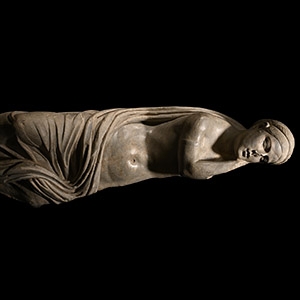
.jpg)
.jpg)

.jpg)
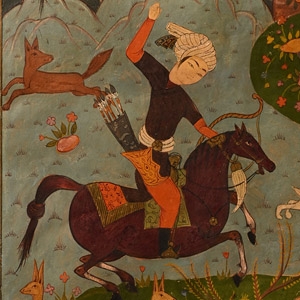

.jpg)
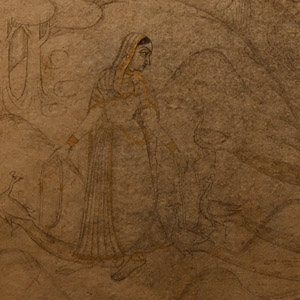
.jpg)
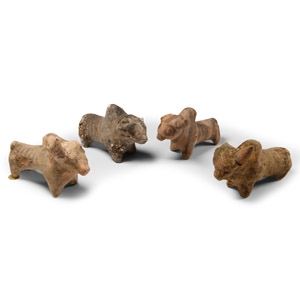
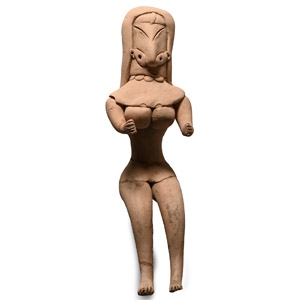
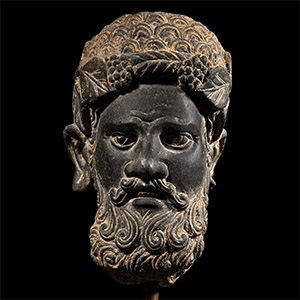
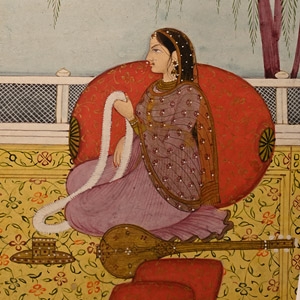
.jpg)
.jpg)



